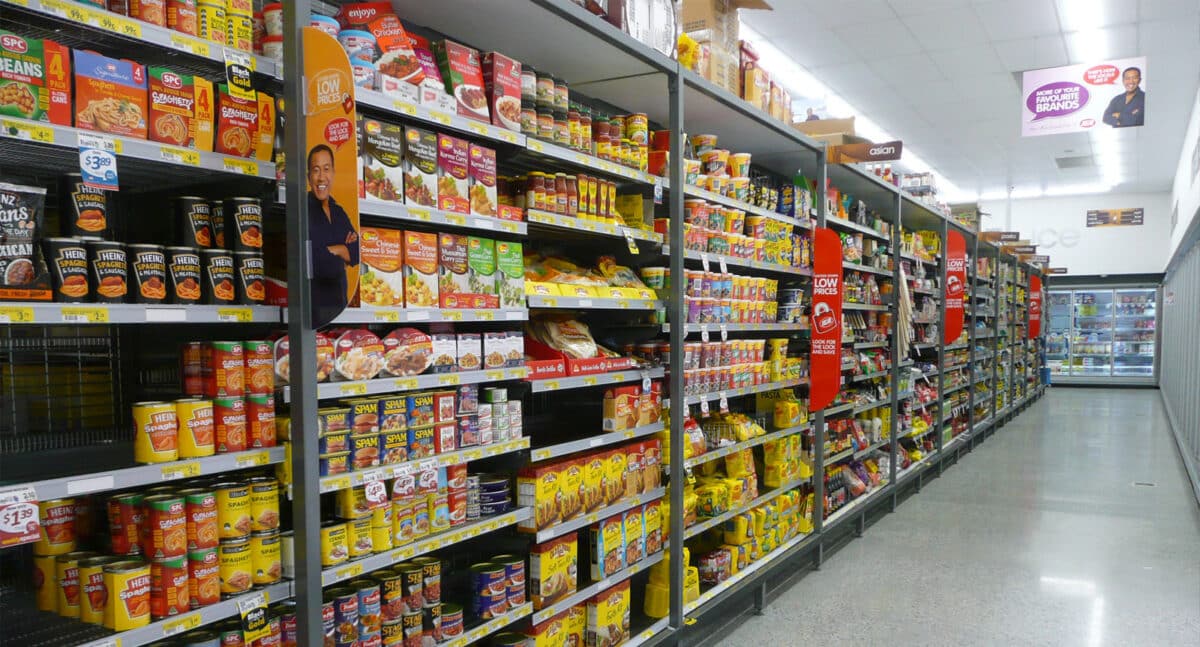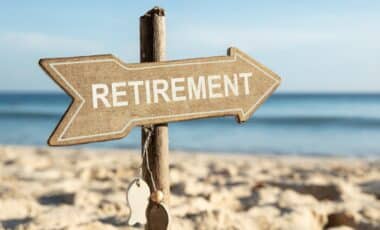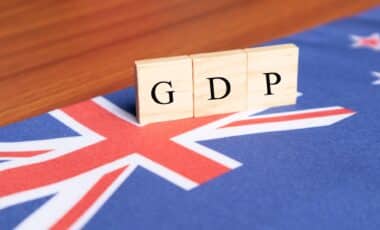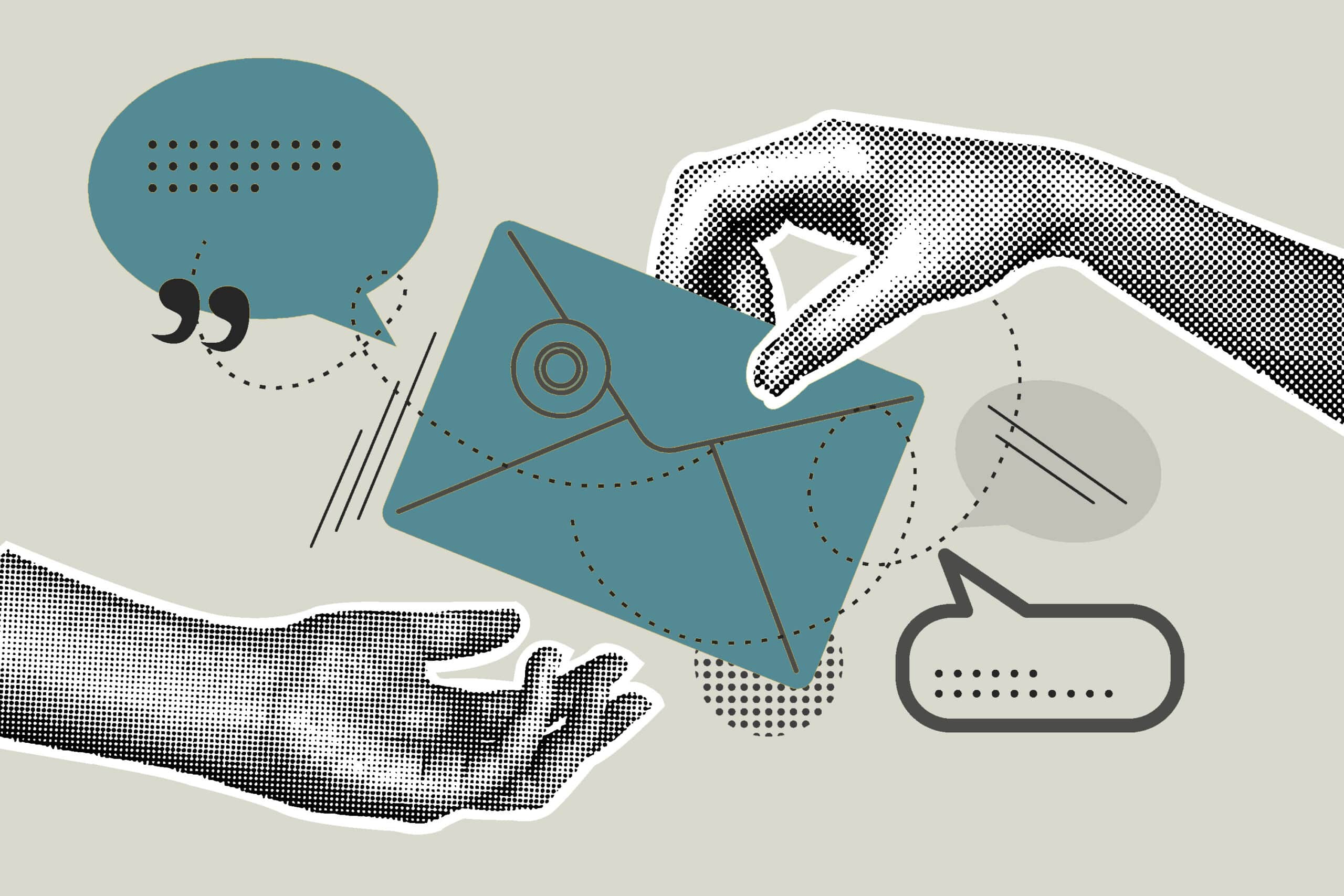Headline inflation in Australia remained at 2.5% in January, according to the latest data from the Australian Bureau of Statistics (ABS). However, the underlying measure of inflation, closely monitored by the Reserve Bank of Australia (RBA), rose slightly to 2.8%, prompting further scrutiny of economic trends.
The data reflects a stabilisation of consumer price growth, with government subsidies and easing rental inflation playing a role in offsetting cost increases in some sectors. While the monthly Consumer Price Index (CPI) figures are less comprehensive than quarterly data, they offer insights into inflationary pressures and the impact of policy measures.
Steady Inflation Reinforces Rate Cut Decision
January’s inflation figures support the RBA’s recent decision to lower interest rates, easing the cash rate from 4.35% to 4.1% last week. According to the ABS, the trimmed mean inflation—considered a more stable measure of underlying inflation—rose slightly from 2.7% in December to 2.8% in January.
Despite this increase, economists indicate that the overall inflation trend remains moderate. According to Saxo Chief Investment Strategist Charu Chanana, the data suggests inflationary pressures are continuing to soften, reinforcing the RBA’s decision to ease monetary policy.
“Monthly CPI figures do not give the full picture of inflation in Australia and aren’t enough to offer guidance to traders on the policy path ahead,” she stated.
The federal government welcomed the news, highlighting the sustained decline in inflation over recent months. Treasurer Jim Chalmers and Finance Minister Katy Gallagher noted that headline inflation has now remained below 3% for six consecutive months—a first in almost four years. They attributed this progress to government interventions and broader economic trends.
Housing and Energy Costs Show Mixed Trends
Housing costs presented a mixed picture, with rental prices continuing to rise while new dwelling prices declined. Rental inflation slowed, with a 0.3% increase in January, reflecting improved vacancy rates in major cities. Over the past 12 months, rental prices have increased 5.8%, down from the 6.2% recorded in December.
New dwelling construction costs declined by 0.1% in January, marking their weakest annual rise since June 2021, according to the ABS. The agency attributed this to builders offering incentives and promotional discounts to attract buyers.
Meanwhile, electricity prices rose by 8.9% in January, particularly in Queensland, where some households saw price hikes after exhausting their state government rebates. However, on an annual basis, electricity prices remain 11.5% lower than last year, due to ongoing government energy subsidies.
According to AMP Deputy Chief Economist Diana Mousina, the inflation data suggests a continuing downward trend in services inflation, despite short-term fluctuations in energy prices. “Despite this big increase in electricity costs in one month, we’ve still managed to get annual inflation basically at an unchanged pace of 2.5 per cent,” she said.









